Summer Eating Secrets: How to Feel Great, Not Gross, in the Heat
You know that feeling? It’s mid-July, the air is thick enough to swim through, and you feel sluggish, bloated, and just… drained. We all blame the heat or a bad night’s sleep, but I’ve learned from years of experience in nutrition that the real culprit is often sitting right on our plate.
In this article
Summer invites a laid-back attitude, and honestly, that’s one of the best parts. The problem is, that same casual vibe often extends to our food choices, leading us to eat things that work against our bodies when the temperature soars. This isn’t about a long list of forbidden foods or summer-shaming your barbecue. It’s about understanding why your body reacts the way it does in the heat so you can feel energized and light all season long.
Quick Win: If you change only one thing today, swap your usual creamy salad dressing for a simple mix of good olive oil, a squeeze of fresh lemon juice, and a pinch of salt and pepper. It’s way safer for picnics and feels a hundred times lighter in your stomach. Easy, right?

So, Why Do Some Foods Make You Feel Awful in the Summer?
Your body is an incredible machine, constantly working to keep its internal temperature stable. When it’s hot outside, that job gets a lot harder. The food you eat can either help your internal cooling system or add a ton of extra work to its plate.
Every time you eat, your body burns calories to digest the food. This process, called the Thermic Effect of Food (TEF), literally creates heat. Protein has the highest thermic effect, followed by carbs, and then fat. On a cold day, a big, juicy steak can feel warming and satisfying—that’s TEF at work! But on a 95°F day, that same meal forces your body to fight a war on two fronts: shedding heat from the sun outside while also dealing with the internal furnace you just fired up. No wonder you feel like taking a nap afterward.
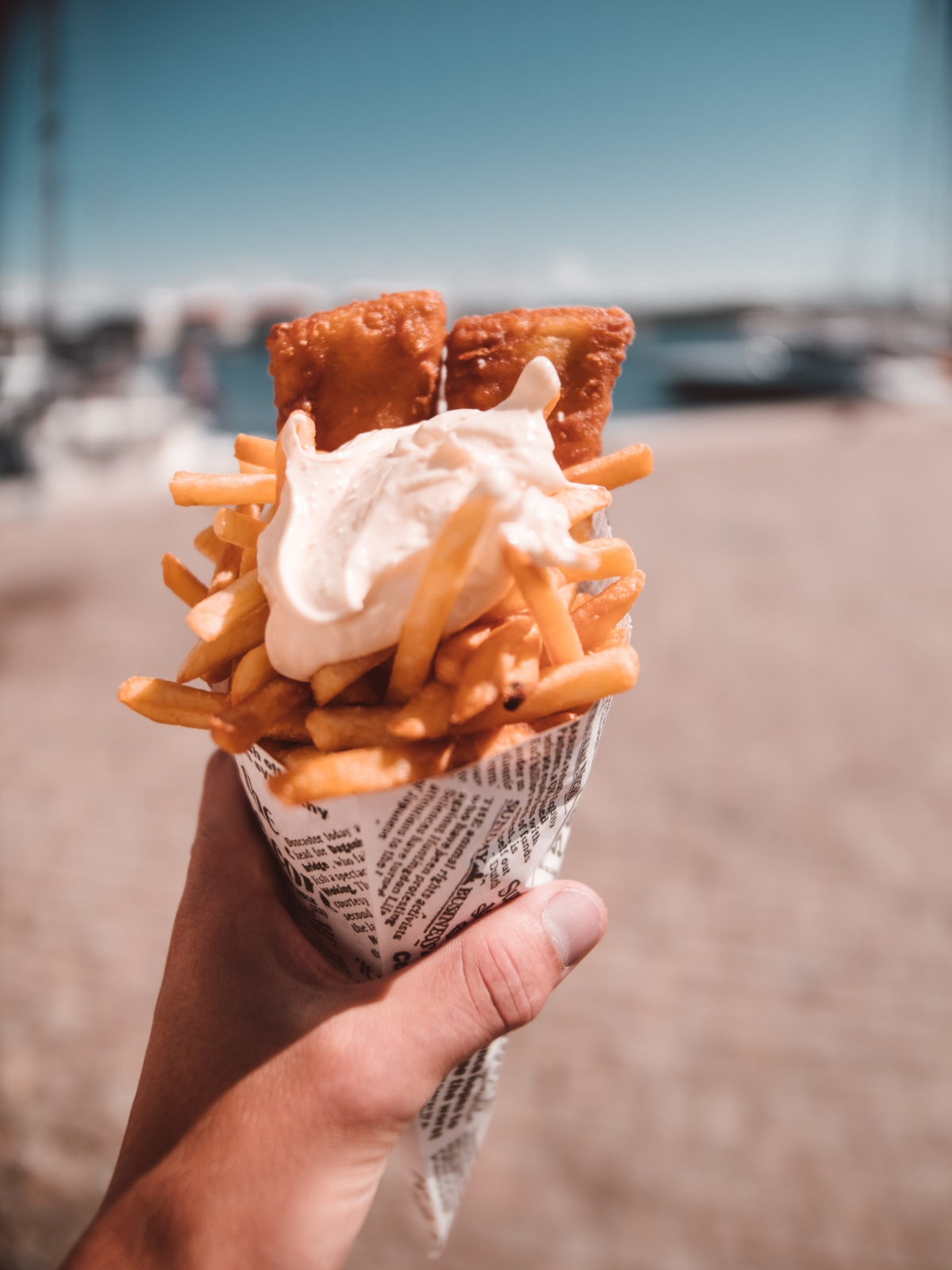
And then there’s hydration. It’s not just about chugging water. Heavy, salty, and dense foods require your body to pull water from other systems to help with digestion. This can leave you feeling tired and thirsty, even if you’ve been drinking fluids. It’s a sneaky form of dehydration that many people miss.
Heads Up: The Biggest Summer Food Danger
Okay, let’s get serious for a moment. The absolute non-negotiable of summer eating is food safety. Bacteria just love warm weather. The official “danger zone” for food is between 40°F and 140°F, where nasty stuff like Salmonella and E. coli can multiply like crazy.
The standard rule is not to leave perishable food out for more than two hours. But here’s the pro tip: when it’s over 90°F outside, that window shrinks to just one hour. I’ve seen too many family vacations ruined by a creamy potato salad or a tray of deli meats left sitting on a picnic table for a little too long. It’s just not worth the risk.
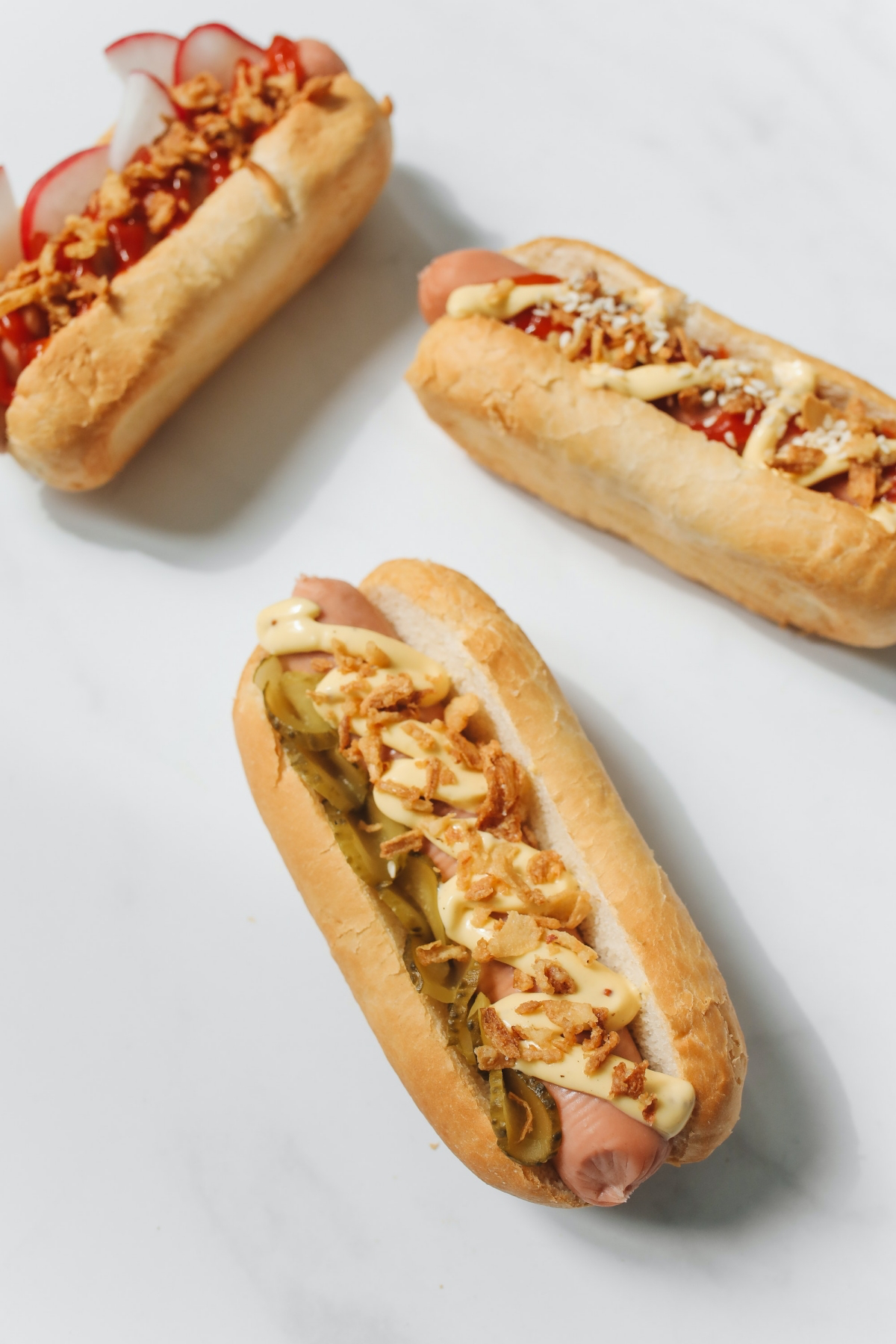
When I’m packing for an outdoor event, I have a system. Think of it as a little mental checklist:
- A super-chilled cooler packed tight with ice packs, specifically for high-risk foods like meats and mayonnaise-based salads.
- A separate cooler just for drinks, so people aren’t constantly opening the food cooler and letting the cold air out.
- Hand sanitizer is a must. You can grab a bottle for a couple of bucks at any drugstore.
- Serve food directly from the cooler and put it back immediately. If anything has been sitting out in the heat for an hour, I toss it. It might feel wasteful, but a trip to the ER is a whole lot more expensive than a few dollars’ worth of food.
Rethinking the Classic Summer Plate
Instead of just listing “bad” foods, let’s talk about smart swaps. It’s about making informed choices, not feeling deprived.
The Heavy Hitters: Big, Fatty, Protein-Packed Meals
Think giant cheeseburgers, fatty ribeye steaks, and fried chicken. These are the main offenders for that “food coma” feeling. To digest a meal like this, your body pulls a ton of blood flow to your stomach, which is why you feel sleepy. In the heat, this effect is way worse.

I once worked with a construction foreman who couldn’t figure out why he was hitting a wall at 2 p.m. every day. It turned out his lunch was a half-pound burger and fries from a food truck. A meal like that can easily cost $12-$15. We swapped it for a big grilled chicken salad he could make at home. The afternoon fatigue vanished. By the way, prepping four days’ worth of that salad at home costs around $20 total—a huge saving!
The Foreman’s Upgraded Chicken Salad:
- The Base: A big handful of mixed greens and chopped romaine for crunch.
- The Protein: 4-6 ounces of pre-grilled chicken breast, sliced. (A good visual for this portion size is the palm of your hand or a deck of cards.)
- The Good Stuff: Add in some hydrating cucumber, cherry tomatoes, and bell peppers. For extra staying power, a scoop of chickpeas or black beans works wonders.
- The Vinaigrette: Just whisk together 3 parts olive oil, 1 part lemon juice (or red wine vinegar), a teaspoon of Dijon mustard, and a pinch of salt and pepper. Simple and perfect.
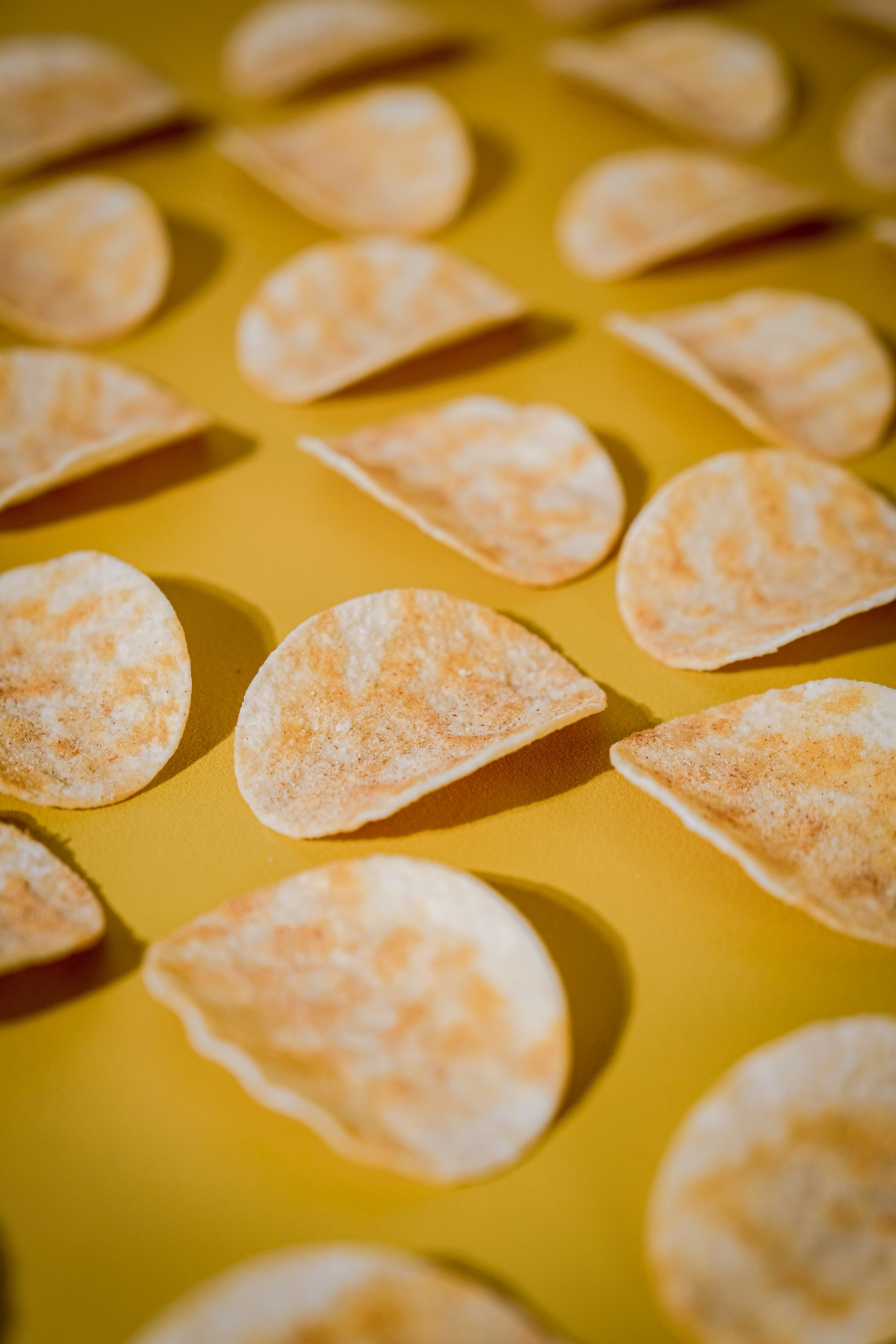
The Spoilage Risks: Creamy Salads and Deli Trays
This is all about safety. We’re talking about anything with a creamy base, like potato salad, tuna salad, creamy dips, and soft cheeses. A lot of people blame the mayonnaise, but commercial mayo is actually acidic enough to slow bacteria growth. The real problem is the stuff you mix in—the cooked potatoes, eggs, and chicken are perfect breeding grounds for bacteria once they warm up.
Smarter, Safer Choices: Go for vinegar-based salads. A German-style potato salad with a warm bacon-vinegar dressing is incredible and much more stable in the heat. A refreshing and cheap alternative is a chickpea salad with lemon juice, olive oil, and fresh herbs. A big can of chickpeas is usually under $2! For dips, hummus, baba ghanoush, or a fresh pico de gallo are fantastic and safer than creamy ranch.
The Sugar Bombs: Sweet Drinks and Simple Carbs
Sodas, sweet teas, and fruit “punches” are everywhere in the summer. They give you a quick spike of energy, but the crash that follows feels ten times worse when you’re already battling the heat. Plus, your body has to use water to process all that sugar, which can actually make you more dehydrated. They quench your immediate thirst but don’t do a great job of hydrating you long-term.
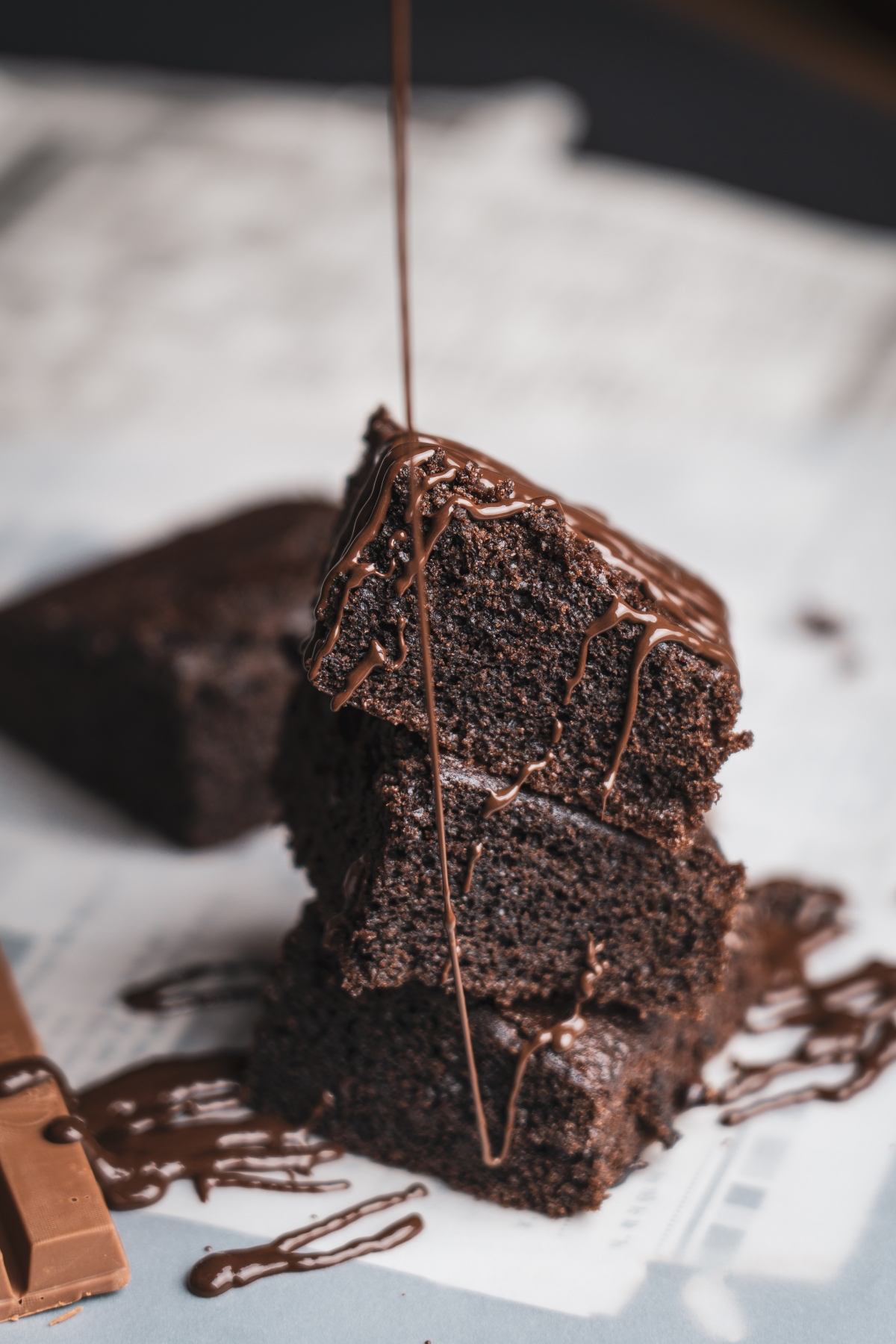
Water is always best, but let’s be real, sometimes it’s boring. Here’s how to fix that:
My 3 Favorite Infused Water Combos:
- The Spa Classic: Cucumber slices + fresh mint sprigs.
- The Berry Blast: Sliced strawberries + a few fresh basil leaves. (Trust me on this one!)
- The Citrus Refresher: Orange slices + lemon slices + lime slices.
Just toss them in a pitcher of water and let it sit in the fridge for a couple of hours. So good.
The Salt Traps: Processed Snacks
Yes, you lose sodium when you sweat, but getting it from a bag of potato chips is a bad strategy. These snacks deliver a huge hit of sodium without the potassium needed to keep things in balance. This is why you can feel bloated and puffy in your hands and feet while also being intensely thirsty. It’s a vicious cycle.
A better way to replenish electrolytes is with whole foods. And for those who exercise in the heat, having a good recovery plan is key. A smoothie is perfect because it delivers fluids, carbs, protein, and electrolytes all at once.
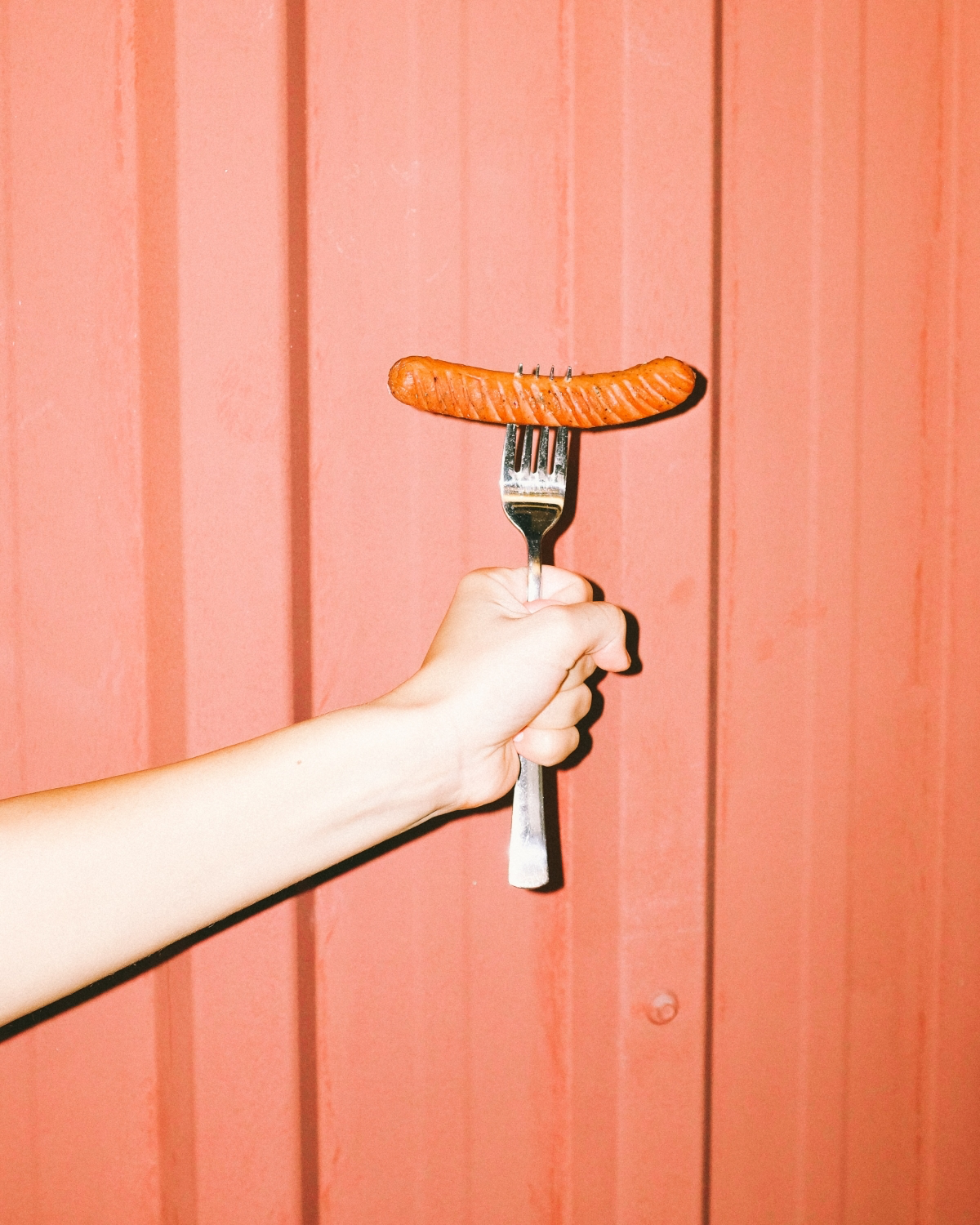
My Go-To Post-Workout Summer Smoothie:
- 1 cup unsweetened almond milk (or water)
- 1 large handful of fresh spinach (you won’t taste it!)
- 1/2 frozen banana (for potassium and creaminess)
- 1/2 cup frozen berries
- 1 scoop of your favorite vanilla or unflavored protein powder
- A tiny pinch of sea salt (for sodium)
Blend it up and you’re good to go. It’s a game-changer after a hot run or a session at the gym.
Putting It All Together: A Day of Smart Summer Eating
So what does this actually look like in practice? It’s not about deprivation; it’s about delicious, smart choices.
- Breakfast: A Greek yogurt bowl with fresh berries, a sprinkle of granola, and a drizzle of honey. It’s got protein and hydrating fruit without being heavy.
- Lunch: That Foreman’s Upgraded Chicken Salad we talked about, or a couple of fresh spring rolls with shrimp and veggies.
- Afternoon Snack: A big slice of cold watermelon or some cucumber sticks with hummus. Both are over 90% water!
- Dinner: Grilled fish (like cod or tilapia) with a side of quinoa salad and some grilled asparagus. This plate is light, flavorful, and packed with nutrients. The old, heavy plate might have been a cheeseburger with a side of creamy potato salad. The new one feels fresh, gives you lasting energy, and won’t leave you feeling bogged down.
And for the Kids? I get it, most kids aren’t going to ask for ceviche. But simple swaps work! Instead of sugary juice boxes, offer that infused water. Instead of chips, have a bowl of chilled watermelon chunks ready. Make chicken or fish skewers for the grill—kids love food on a stick! And a fruit smoothie can feel like a milkshake-level treat.
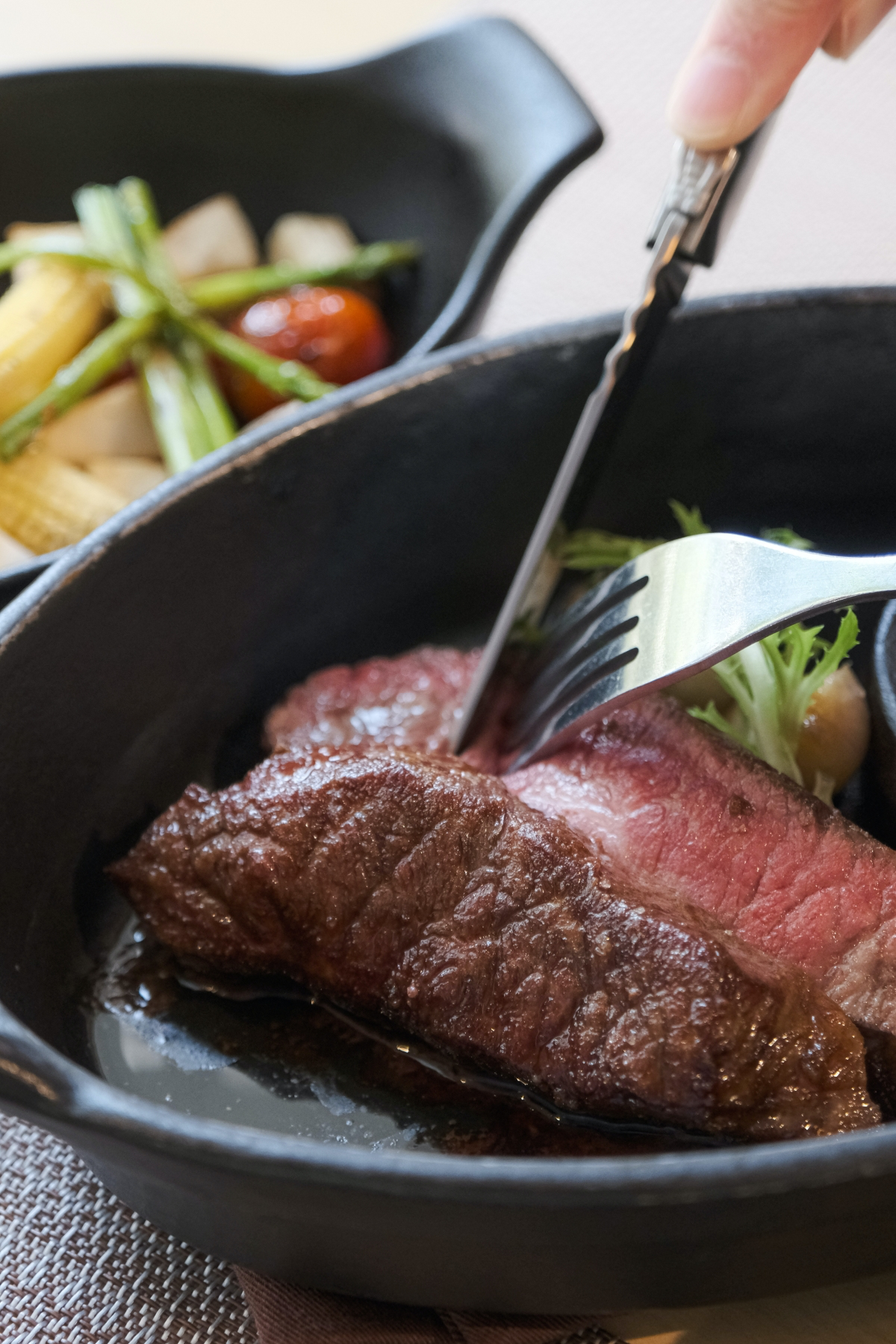
A Final Word on Alcohol and When to Get Help
Just a quick note on alcohol and caffeine: both are diuretics, meaning they make you lose more fluid. My rule of thumb is simple: for every coffee, beer, or glass of wine, drink a full glass of water to compensate. And please, be extra careful with heavy drinking in the sun. It’s a dangerous mix.
This guide is here to help, but it’s not a substitute for professional medical advice. If you see someone showing signs of heatstroke (like confusion, a high temperature, and red, hot skin) or severe food poisoning (high fever, inability to keep liquids down), it’s a medical emergency. Don’t wait—call for help immediately.
Ultimately, eating for the heat is about being mindful and listening to your body. By choosing lighter, more hydrating, and safer foods, you can have a summer filled with energy and vitality. It truly makes a difference you can feel from day one.
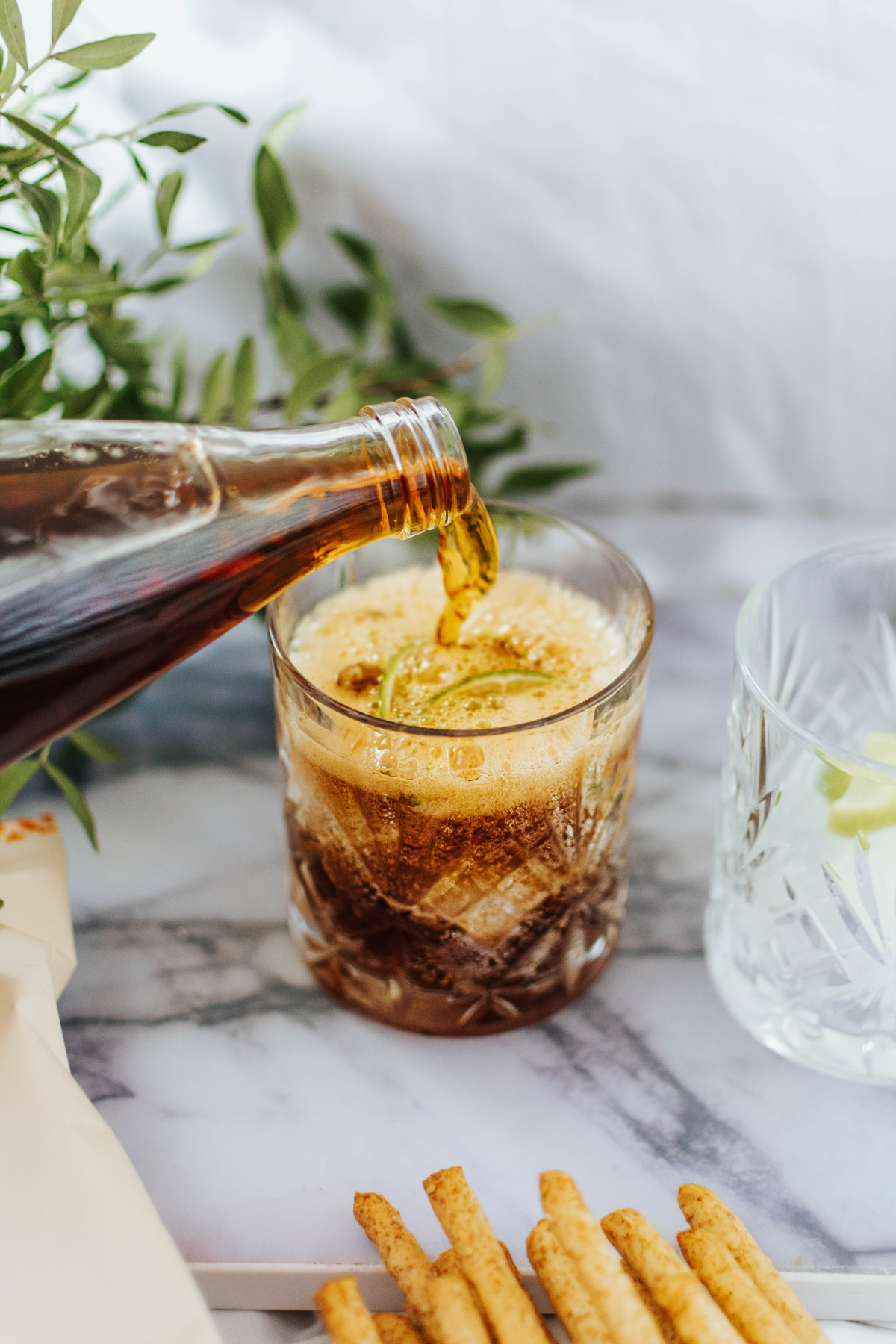
Galerie d’inspiration
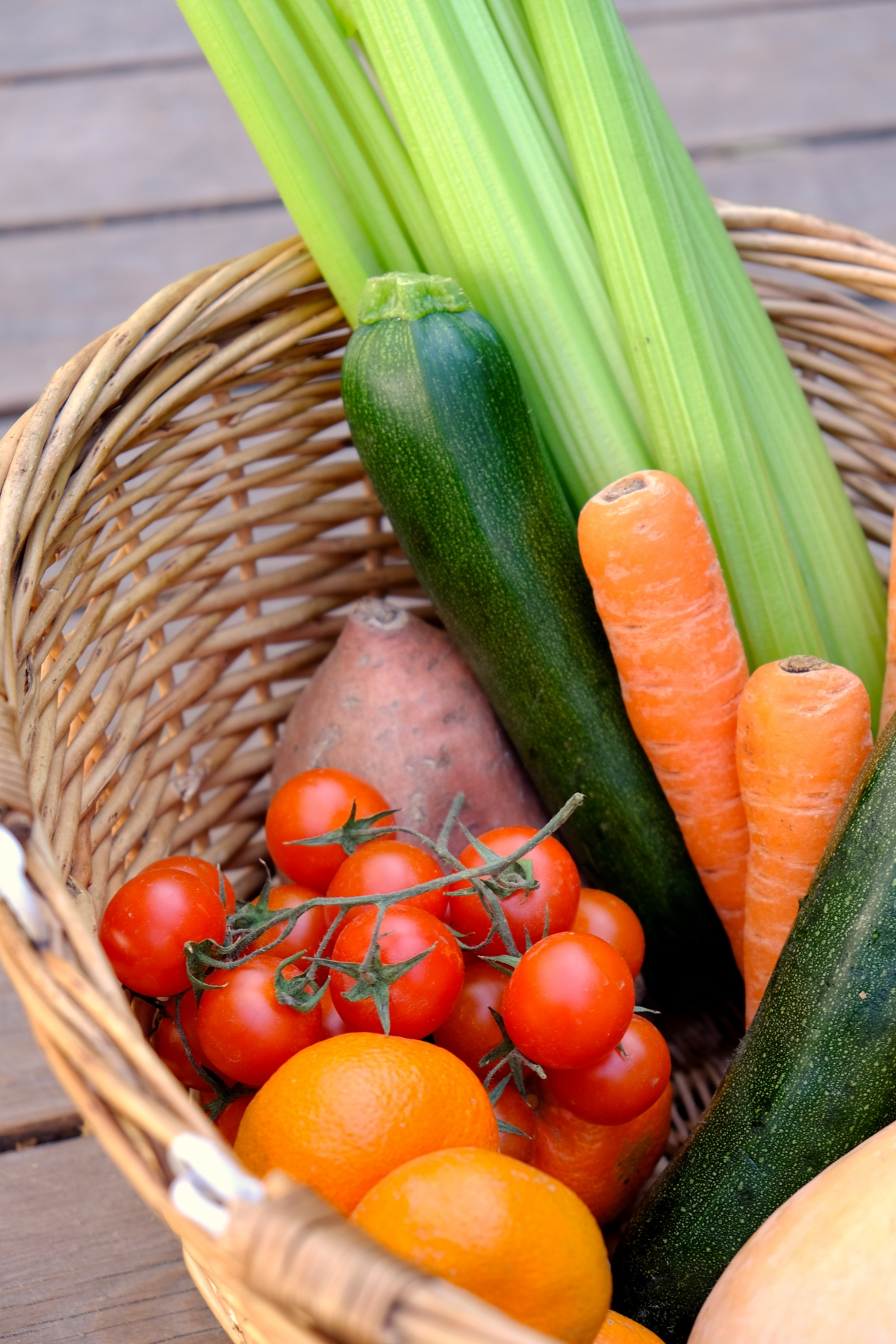
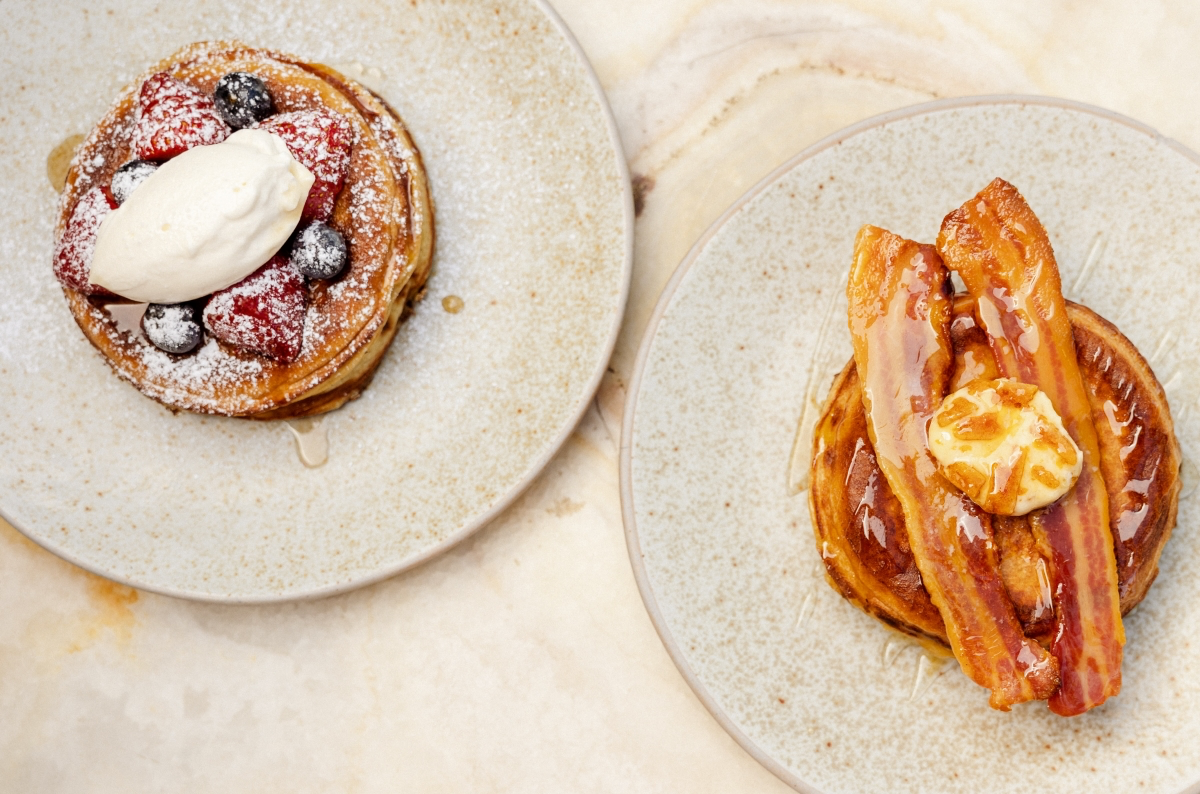
Beyond your water bottle, some of the most effective hydration comes directly from the produce aisle. These water-packed heroes help replenish fluids and electrolytes, fighting that sluggish afternoon feeling on hot days.
- Cucumber: At 96% water, it’s a cooling powerhouse. Add slices to water or salads.
- Watermelon: The name says it all. It also contains lycopene, an antioxidant that helps protect skin cells.
- Strawberries: With over 90% water content and a dose of Vitamin C, they’re a perfect sweet, hydrating treat.
- Celery: This crunchy snack is low-calorie, high in water, and provides essential mineral salts lost through sweat.

Did you know? Even mild dehydration—as little as 1.5% of your body’s water—can significantly impact your mood, concentration, and energy levels.
This is why simply drinking more is key. Elevate your hydration by infusing a pitcher of water with slices of cucumber and fresh mint, or try a combination of strawberry and basil. It feels like a spa-day indulgence, encourages you to sip all day, and has none of the sugar of commercial drinks. A simple can of unsweetened seltzer, like LaCroix or Perrier, with a squeeze of fresh lime also works wonders.
The Classic BBQ Burger: A thick beef patty on a fluffy white bun is a summer staple. But its high fat content and refined carbs demand a huge digestive effort from your body, raising your internal temperature and leaving you feeling heavy and ready for a nap.
The Smarter Swap: A grilled chicken breast or a flaky mahi-mahi fillet, seasoned with herbs and served in a crisp butter lettuce wrap. It delivers satisfying protein with a much lower thermic load, so you feel energized and light.
The real win? An hour later, you feel ready for another swim, not stuck on the couch.










